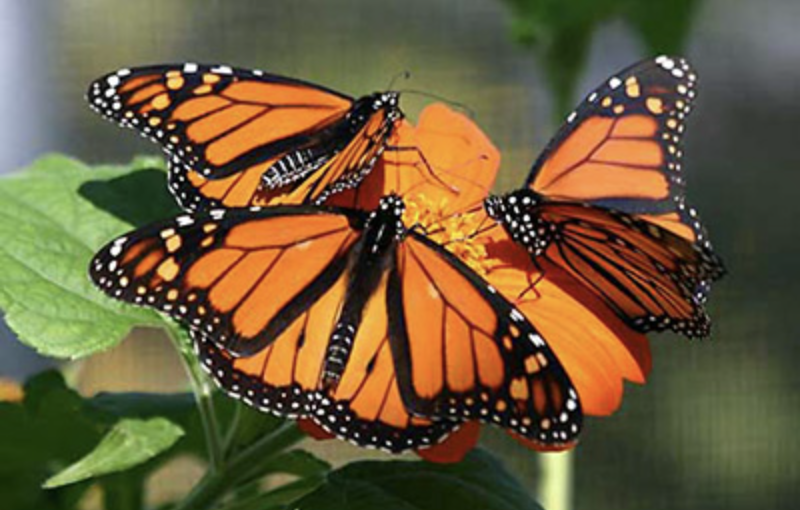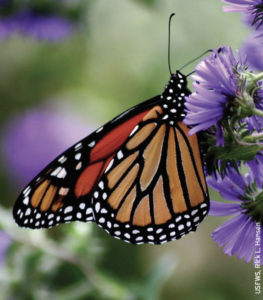Discover the Importance of Monarch Butterflies in Texas
If you’ve ever caught sight of these majestic butterflies, you know what a treat it is. With their vibrant orange wings and distinctive black veins, Monarchs are like the rock stars of the butterfly world. But did you know just how crucial they are to our beloved Lone Star State? We’ve explored this in our previous article, The Butterfly Management Effect, highlighting the significance of effective butterfly habitat management.
Monarchs aren’t just passing through Texas on a whim. Nope, they’re on a serious mission. Texas is a pit stop (just like Buc ees is for most of our road trips) for these beauties during their epic migration from Canada to Mexico. Our state plays a starring role in their journey, providing essential rest stops and refueling stations.
The Epic Monarch Migration Path Through Texas
Monarch butterflies undertake one of the most remarkable migrations in the animal kingdom, traveling up to 3,000 miles from their breeding grounds in Canada to their wintering sites in the forests of central Mexico. During this journey, Texas serves as a critical layover. In the spring, Monarchs head north, passing through Texas again, where they reproduce and lay eggs, contributing to the next generation to continue the journey back to Canada.
What Sets Monarchs Apart?
Monarch butterflies are easily recognized by their striking orange wings laced with black veins and white spots. Unlike other butterflies, Monarchs have a unique migration pattern. Most butterflies do not migrate; they complete their life cycle in one geographic area. Monarchs, however, follow a multi-generational migration. The butterflies that arrive in Texas are typically the great-great-grandchildren of the ones that left Mexico months earlier.
Monarch populations are in trouble
Population Size and Trends
Unfortunately, Monarch populations are in trouble. Their numbers have dramatically declined over the past few decades. In the 1990s, it was estimated that around one billion Monarchs made the journey to Mexico. Recent counts show that the population has plummeted by more than 80%, with some years recording fewer than 200 million butterflies. This drastic decline is attributed to habitat loss, climate change, and pesticide use.
Why Should We Care?
Monarchs are more than beautiful insects; they are vital pollinators. As they flit from flower to flower, they transfer pollen, which is crucial for the reproduction of many plants, including fruits, vegetables, and flowers. Without pollinators like Monarchs, our ecosystems would suffer, and the availability of many foods we enjoy would decrease like those juicy Texas peaches.
How Texans Can Help?
As a Texas landowner, you can be pivotal in supporting Monarch populations. By planting native milkweed and nectar plants, you can provide crucial habitats for Monarchs to lay their eggs and refuel on their journey. Milkweed is essential because it is the only plant on which Monarchs will lay their eggs, and the caterpillars feed exclusively on milkweed leaves.
Taking Action
Here are some ways you can help:
- Plant Native Milkweed: Choose varieties like Antelope Horns, Green Milkweed, and Butterfly Weed, which are well-suited to the Texas climate.
- Provide Nectar Sources: Include a variety of flowering plants that bloom at different times to ensure a continuous food supply for Monarchs.
- Avoid Pesticides: Pesticides can harm Monarchs at all life cycle stages. Use organic or natural alternatives to manage pests.
Resources:
– Texas Parks and Wildlife Department: Learn about Monarch conservation efforts in Texas.
– Monarch Watch: Find information on how to create Monarch-friendly habitats in your area.
– Native Plant Society of Texas: Discover native plants to attract Monarchs and pollinators to your garden.











